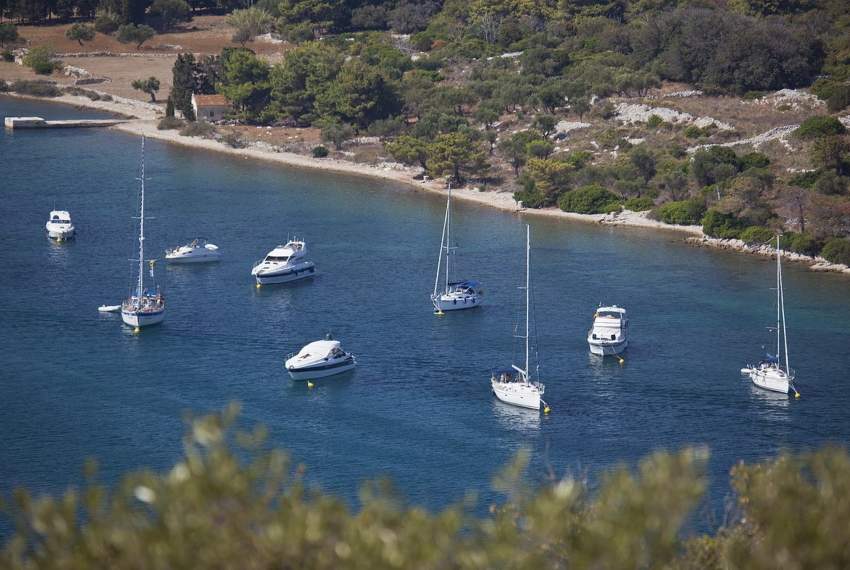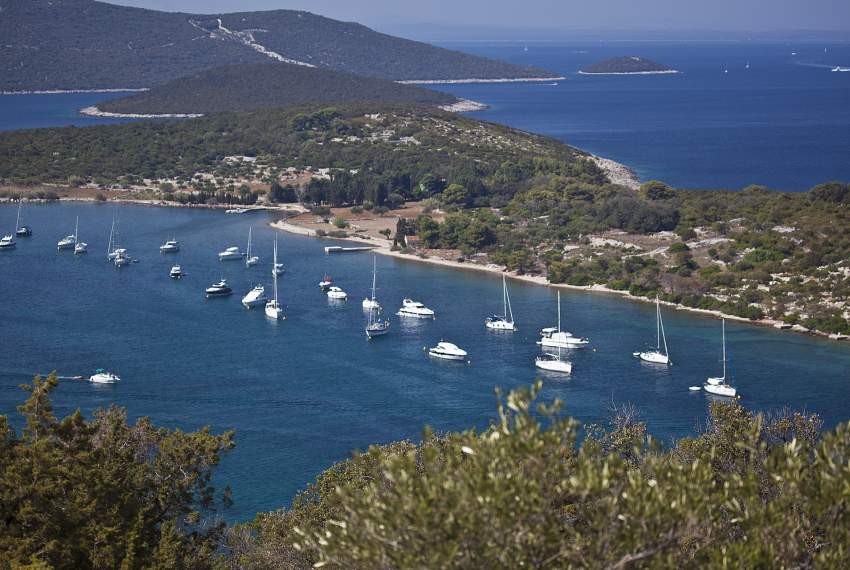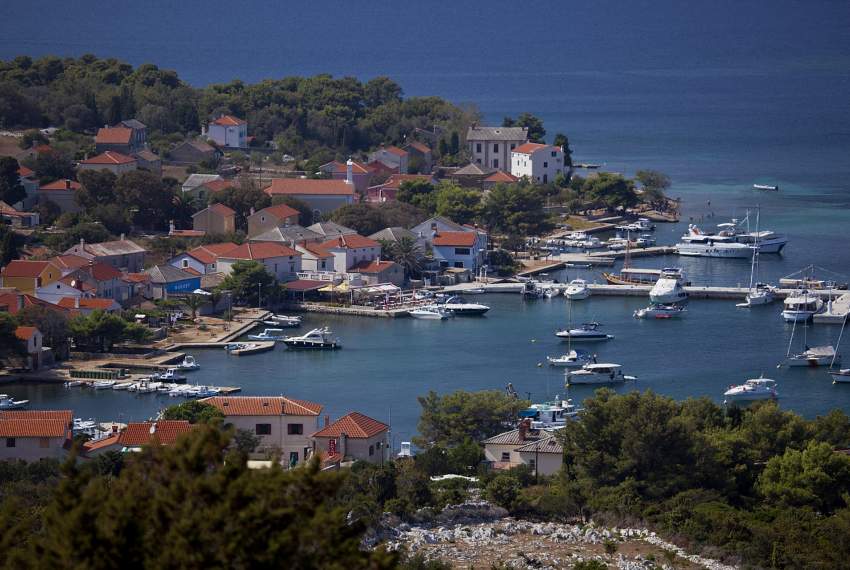- 20.11.2024
Island Ilovik – The Flower Island of the Lošinj Archipelago
Island Ilovik – The Flower Island of Lošinj Archipelago
History of Ilovik
Until recently, the islands of Ilovik and Sv. Petar were known collectively as Neumae Insulae (from Greek, neuma - "sign"). Since the 13th century, they have been referred to as Sanctus Petrus de Nimbis, later adapted to San Pietro dei Nembi in Venetian. The Croatian name for the larger island, originally Tovarnjak (Italian Asinello), later became Ilovik due to its soil type, while the smaller island retained the name Sv. Petar. These islands, separated by a 2.5 km channel, have served as a natural anchorage for ships since ancient times.
Life on Ilovik Today
The southernmost inhabited island of the Lošinj archipelago, Ilovik, is home to a small fishing village of about 170 residents. The first Croatian settlers arrived in the late 18th century from Veli Lošinj. Since then, the village has flourished, with locals engaging in viticulture, fishing, sheep farming, and tourism. Thanks to abundant freshwater wells, Ilovik also supports market gardening.
The island is surrounded by easily accessible shores with safe coves, such as Paržine Beach, a sandy gem on its southeastern side. Protected by the uninhabited islet of Sv. Petar, the island also features a well-preserved channel that serves as a harbor for fishing boats and yachts.
Natural Beauty and Maritime Heritage
Known as the Island of Flowers, Ilovik boasts lush Mediterranean vegetation, including holly-oaks, Aleppo pine forests, and vibrant gardens filled with oleanders, roses, and palms. Towering eucalyptus trees add a unique charm to the landscape.
The Ilovik Channel has been a strategic maritime hub since ancient times. Archaeological evidence includes Illyrian settlements, Roman walls, sarcophagi, and underwater artifacts. The 11th-century walls of the cemetery on Sv. Petar date back to a Benedictine abbey, hinting at its historical significance.
Facilities and Accessibility
Ilovik is well-equipped with shops, a post office, bakery, patisserie, and restaurants. Regular ferry lines connect Ilovik with Mali Lošinj and Rijeka. During the summer, excursion boats operate between Ilovik, Mali, and Veli Lošinj, making it easily accessible for visitors.


